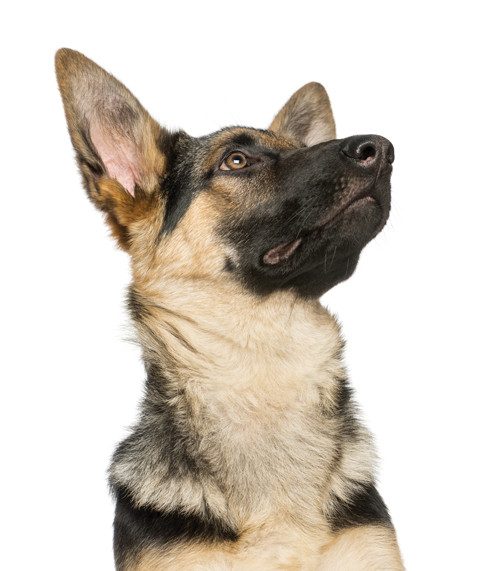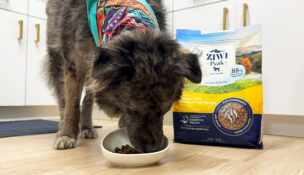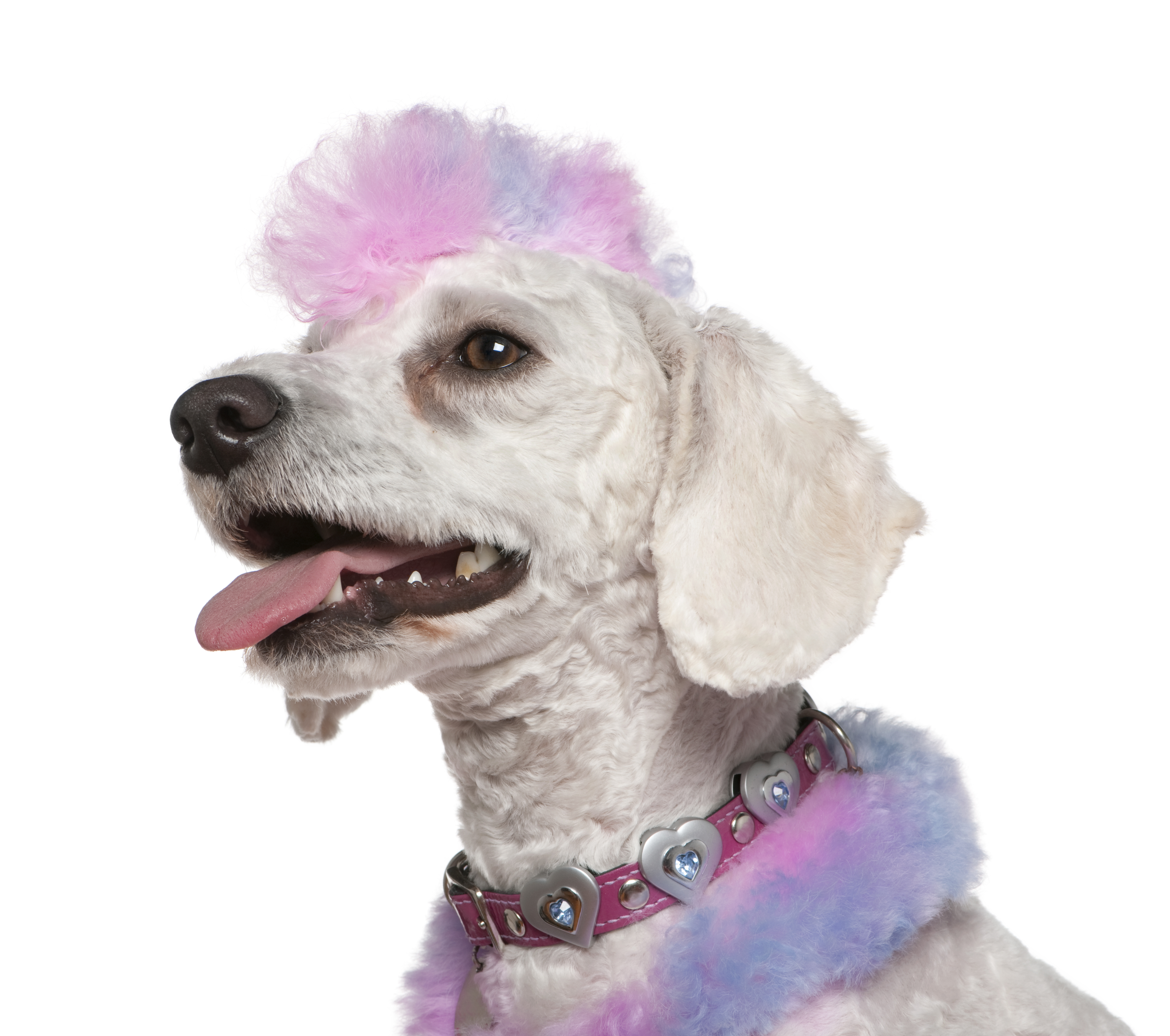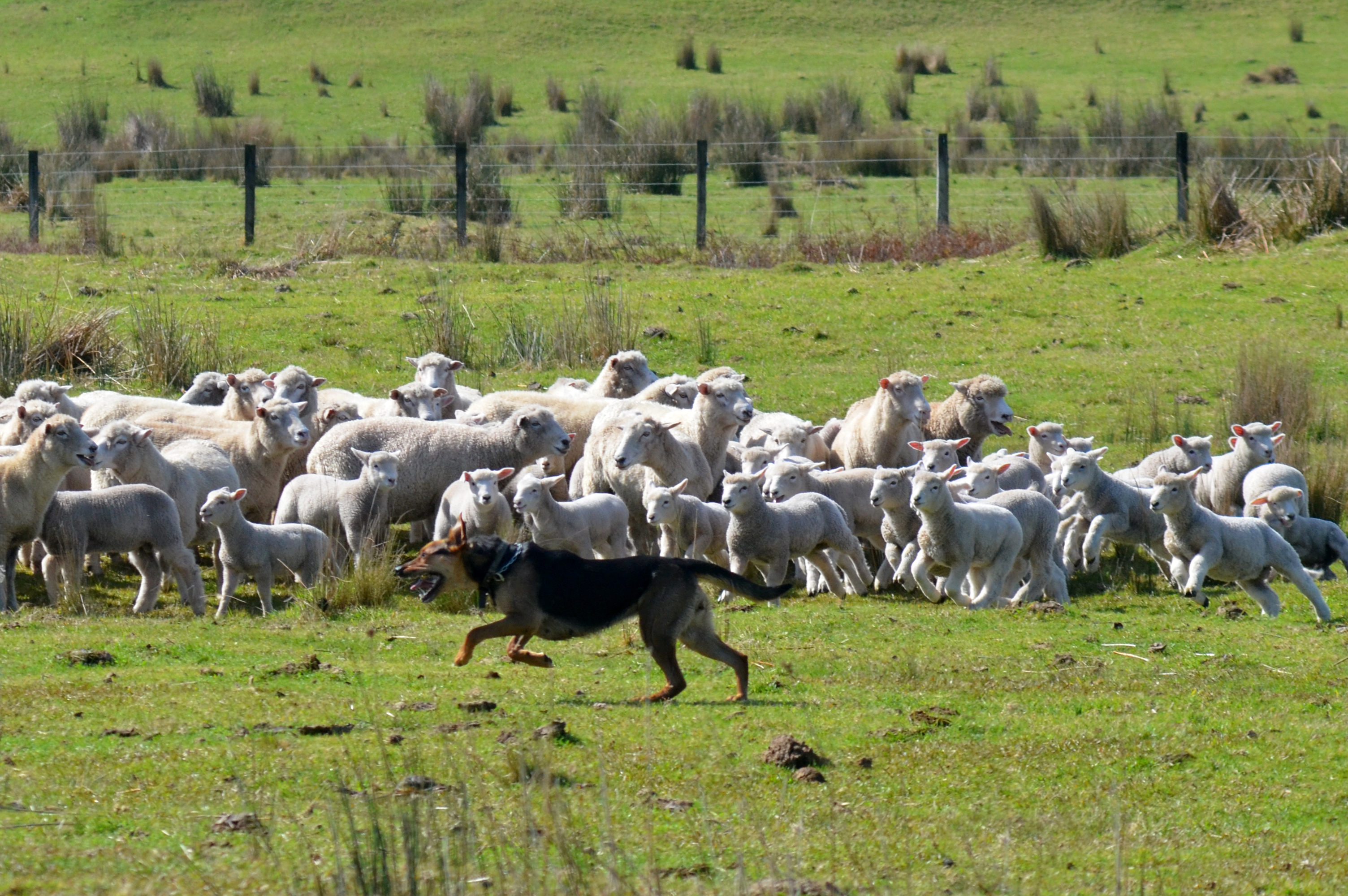No Grains Allowed
Maggie Marton //April 30, 2015//
 In a study published by the international research firm GfK, U.S. pet stores showed a 20 percent spike in grain-free pet food sales in 2013. In a single year, as reported in the study, grain-free sales accounted for $1.7 billion. These trends continue as more consumers demand grain-free food and treats and as manufacturers are launching new products to meet those demands.
In a study published by the international research firm GfK, U.S. pet stores showed a 20 percent spike in grain-free pet food sales in 2013. In a single year, as reported in the study, grain-free sales accounted for $1.7 billion. These trends continue as more consumers demand grain-free food and treats and as manufacturers are launching new products to meet those demands.
Grain-Free Diets
“Much in the food world for people is very much influencing pet parents’ purchases, whether it’s grain-free or gluten-free, or more locally-sourced,” said Courtney Stamm, owner of The Cheeky Puppy in Washington, D.C. “A lot of people are following gluten-free diets now and most of the people who are following those diets don’t have celiac disease.”
According to Ward Johnson, owner and president of Sojos, “In terms of popularity, there’s no question that the gluten-free trend in human food is a contributing factor. But even more, I believe there’s growing awareness that a raw, grain-free diet can significantly improve a pet’s health and quality of life. Cooked grain by-products, like those used in traditional kibble products, can be difficult to digest. And over time, they can lead to severe allergies and food sensitivity.”
Sojos Wild is the company’s newest line of grain-free dog food. The recipes are made with raw, freeze-dried venison, wild boar and wild-caught salmon.
Merrick Pet Care recently unveiled two new lines of grain-free dog food.
“As demand for high quality, grain-free diets for pets continues to grow, we’ve been working overtime at Merrick on making the best pet food ever in quality, nutrition and taste for pet parents seeking the best grain-free diets for their pets,” said Mark Sapir, vice president of marketing at Merrick. “Interest in ancestral canine diets is on the rise as pet parents seek ways to feed their dogs as they may have eaten in the wild.”
The new Merrick Backcountry line was developed as an ancestral diet. For pets with ingredient intolerances or food sensitivities, which Sapir said is driving growth in grain-free limited ingredient diets for pets, the new Merrick Limited Ingredient Diet is made with a single-source of animal protein and real deboned meat as the first ingredient and a simple list of additional grain-free, gluten-free ingredients.
“Grain-free is trendy in pet food, so consumers perceive it as a healthier route for their pets,” said Holly Sher, owner of Evanger’s Dog and Cat Food Company. “But health-related issues are also forcing people to go grain free; low glycemic foods and overweight issues are under-observed factors that drive customers to look for grain-free products.” Against the Grain, their grain-free diet, is about more than simply being grain-free, according to Sher. “Quite simply, many health problems can be avoided with a high-quality grain-free diet but attention to ingredients—not just a grain-free disclaimer—is still very important.”
Grain-Free Treats
Grain-free extends beyond the food aisle, too. Many new treat launches have expanded this category. For example, Greenies has launched a grain-free version of Greenies Dental Chews. Likewise, Loving Pets also recently launched Waggles, a grain-free treat made in the U.S. It joins their existing grain-free products, like the Natural Value meat sticks, sausages and tenders.
Chris Meiering, director of innovation at Zuke’s, said that their brand has introduced five lines of grain-free treats, including Genuine Jerky, Lil’ Links, Z-Filets and Jerky Natural Bites.
“Consumer focus on grain-free continues to be a driver of purchasing behavior at retail,” said Meiering. “Whether a dog has grain allergies requiring a grain-free diet or their owner simply wants to avoid potential side effects from their pup consuming too many grains, these pet parents have made grain-free a major buzzword in the treat category.”
Paula Savarese, president of Dogs Love Kale, made a similar observation.
“Consumers are becoming more aware of the ingredients on the supermarket shelves when purchasing their own snacks,” said Savarese. “That knowledge has affected how consumers shop for their dogs. The concern for better nutrition for themselves and their pets, combined with a desire to spoil their dogs, has resulted in a growing demand for healthier dog treats, such as Dogs Love Kale, with very limited ingredients. Retailers are realizing that the consumers of today are much more educated than before.” Dogs Love Kale has introduced two new grain-free flavors: Sweet Tater and Tropical Delight.
Stocking and Selling
“As a buyer of treats, we definitely like to have a mix in store so we have grain-free options,” said Stamm. She stocks single-ingredient treats with no wheat or corn. “I look at grain-free as an umbrella for customers who are more attuned to what their pets are eating, whether or not there’s a specific sensitivity there.” The Cheeky Puppy’s best-selling treats tend to come from small producers. “The Polka Dog cod skins, which are just dried cod skin, I have a hard time keeping in stock. We also have a dried beef liver treat from a small company in Maryland called Bare Bites that’s probably our single best-selling treat,” she said.
The popularity of grain-free will continue and it will provide retailers with a tremendous opportunity to grow pet food revenue. The numbers prove it: According to the GfK study, consumers pay 45 percent more for grain-free items.
To reach the consumer interested in grain-free, Johnson said, “I think it’s essential that retail team members are well versed in the benefits of grain-free food, along with the ins and outs of the brands they carry. It’s not enough to simply stock grain-free foods and other novel diets; it’s about being prepared to educate pet parents. In my mind, nothing can do more to differentiate independent retailers from big box competition.”



















